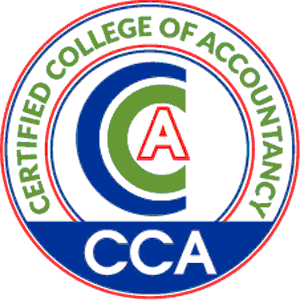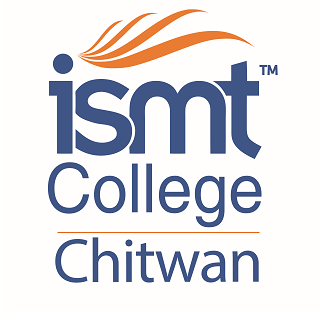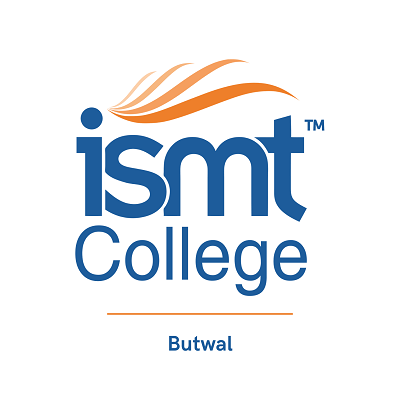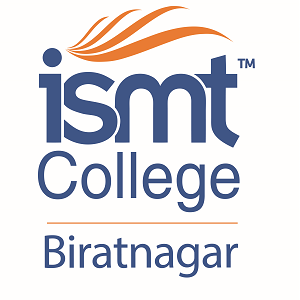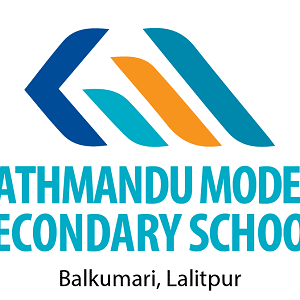Overview
Overview of Diploma in Forestry at Sahid Yagyeswor Smriti Polytechnic Institute
Overview
The Diploma in Forestry prepares students for technical roles in forest management and community forestry support. The program follows the CTEVT syllabus and focuses on nursery work, plantation, mensuration, and community engagement aligned with local contexts in Karnali and beyond.
Highlights
-
Duration: Three years with progressive coursework and field practice
-
Seats: 40 (as approved)
-
Affiliation: CTEVT
-
Learning mode: Theory, lab, nursery tasks, plot measurements, and tours
-
Facilities: Forestry tools, basic GIS exposure, library, and reporting formats
Curriculum Details
Key study areas include:
-
Silviculture and Dendrology: species identification, regeneration, thinning, and pruning
-
Forest Mensuration: diameter, height, volume, and sampling basics
-
Forest Ecology and Soil Science at introductory depth
-
Forest Protection and Fire Awareness
-
Community Forestry and Social Dynamics: user groups, facilitation basics, conflict sensitivity
-
Nursery and Plantation: seed handling, potting, grafting basics, plantation layout
-
Watershed and Soil Conservation basics
-
Surveying and Mapping: field notes, GPS basics, elementary GIS exposure as per syllabus
-
Forest Policy and Introductory Law
-
Practical logs, field camps, and report writing
Objectives
-
Produce technicians who can support community forestry and local projects
-
Build capacity in nursery operations, plantation care, and plot measurements
-
Encourage accurate field data, simple analysis, and report clarity
-
Improve awareness of local ecology and sustainable use
Scope
Graduates can serve community forests, local government units, nurseries, plantations, and conservation projects. With experience and further study, roles can expand to planning and specialized services.
Learning Outcomes
-
Identify common species and describe key traits
-
Plan small-scale nursery tasks and plantation routines
-
Carry out plot measurements and draft simple maps with guidance
-
Prepare field reports with tables, sketches, and photos
-
Interact with user groups in a respectful, process-driven manner
Skill Development Modules
-
Nursery layout, pot filling, and seed treatment
-
Plot demarcation, compass use, and GPS logging
-
Data sheets for mensuration and growth checks
-
Fire line planning at basic level and protection notes
-
Community facilitation role-plays and meeting minutes
Teaching Methodology
Classroom instruction is paired with field days, nursery shifts, and measurement exercises. Students maintain field notebooks, prepare reports, and present findings. Safety, teamwork, and tool care are part of assessment.
Admission Requirements
-
SEE or equivalent with subject criteria as per CTEVT notice for Forestry
-
Entrance and merit listing as per official schedules
-
Document submission at the institute within stated dates
Career Opportunities
-
Forestry technician roles in community and municipal projects
-
Nursery and plantation sections in public or private initiatives
-
Field assistant roles in conservation and watershed projects
-
Pathway to higher study in forestry and environmental fields
Scholarships and Financial Aid
Scholarships follow CTEVT categories and institutional rules. Notices specify quotas, required documents, and publication dates.
Why Choose This Course?
The course connects theory with field practice in a worklike routine. Students learn practical steps they can apply in nurseries, plantations, and community settings.
Conclusion
The Diploma in Forestry trains learners for responsible work in local resource management. With measured field exposure and clear reporting habits, graduates can contribute to sustainable forestry efforts and pursue further study.








